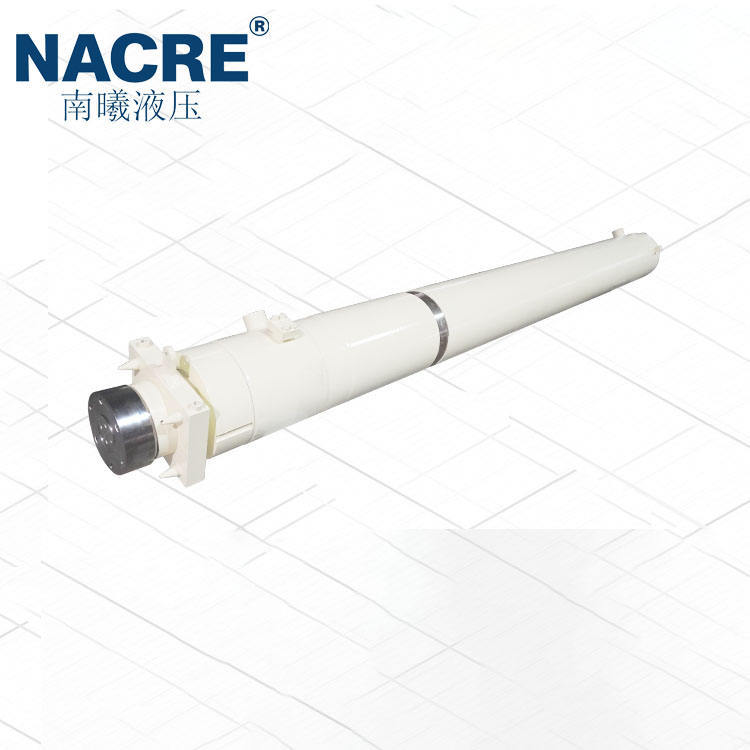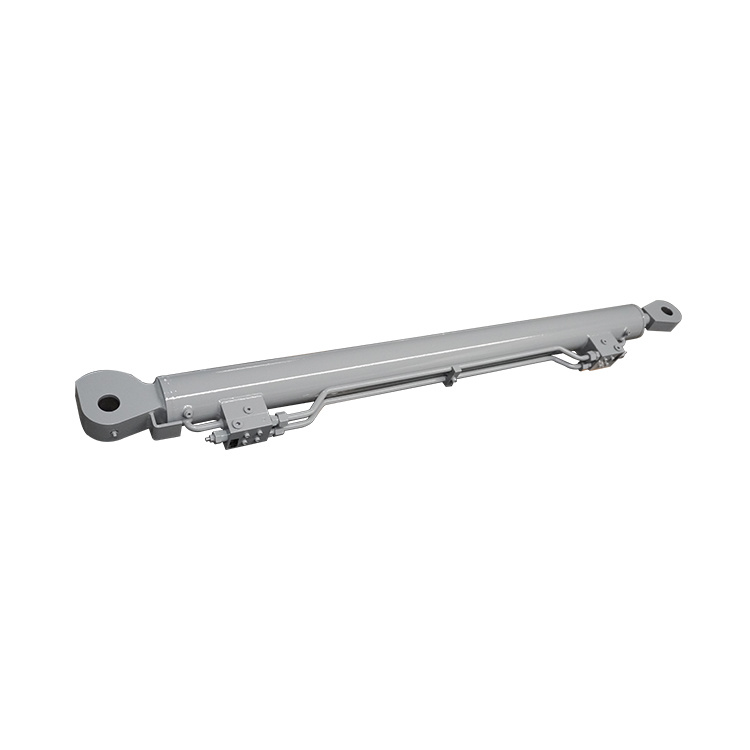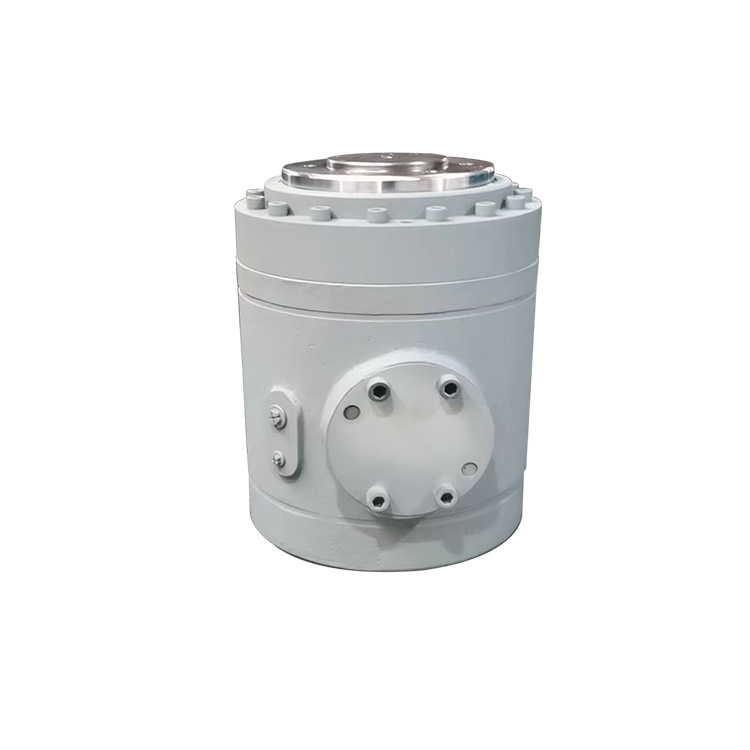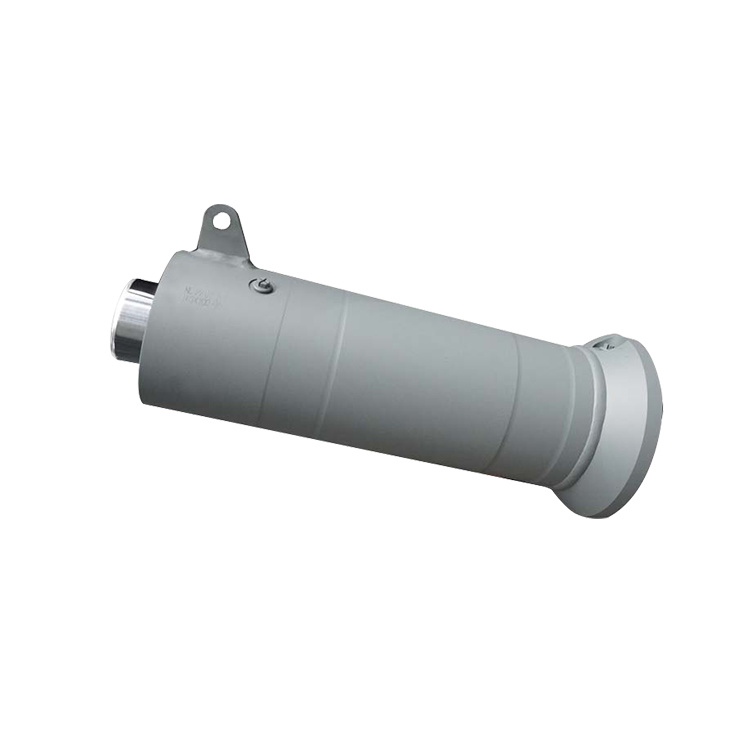Choosing the Right Shield Machine Cylinder for Your Hydraulic Needs
2025-07-24
Choosing the Right Shield Machine Cylinder for Your Hydraulic Needs
Table of Contents
- 1. Understanding Shield Machine Cylinders
- 2. The Importance of Selecting the Right Cylinder for Hydraulic Applications
- 3. Types of Shield Machine Cylinders
- 4. Key Features to Consider When Choosing a Shield Machine Cylinder
- 5. Application Considerations for Shield Machine Cylinders
- 6. Installation and Maintenance Tips
- 7. Frequently Asked Questions
- 8. Conclusion
1. Understanding Shield Machine Cylinders
Shield machine cylinders are crucial components in hydraulic machinery, particularly in applications that require high precision and power. These cylinders act as the driving force behind various operations, providing the necessary motion and control to achieve specific tasks. Shield machine cylinders can be found in numerous industries, including construction, mining, and manufacturing. Understanding their functionality and characteristics is essential for choosing the right type for your specific hydraulic needs.
2. The Importance of Selecting the Right Cylinder for Hydraulic Applications
Choosing the appropriate shield machine cylinder is vital for several reasons. The right cylinder ensures optimal performance, enhances safety, and prolongs the life of your equipment. An ill-suited cylinder can lead to inefficiencies, increased wear and tear, and potentially hazardous situations.
When selecting a cylinder, consider factors such as the application's specific requirements, operating environment, and maintenance capabilities. Making an informed choice will not only improve operational efficiency but also reduce overall costs in the long run.
3. Types of Shield Machine Cylinders
There are various types of shield machine cylinders, each designed for specific applications and operational needs. Understanding these types will aid in making an informed decision.
3.1 Single Acting Cylinders
Single acting cylinders are designed to exert force in one direction, relying on a spring or gravity to return to their original position. These cylinders are often simpler in design and generally more cost-effective. They are ideal for applications where the load is only required to move in one direction, such as lifting or pushing.
3.2 Double Acting Cylinders
Double acting cylinders, in contrast, can exert force in both directions, providing greater versatility. They utilize hydraulic pressure on both the extension and retraction strokes, making them suitable for applications needing precise control and movement. These cylinders are widely used in construction and industrial machinery due to their ability to handle heavier loads effectively.
3.3 Telescopic Cylinders
Telescopic cylinders consist of multiple sections that extend and retract, allowing for significant stroke lengths while maintaining a compact design. These cylinders are particularly beneficial in applications with limited space, such as dump trucks and excavators, where maximum extension is required without a large footprint.
4. Key Features to Consider When Choosing a Shield Machine Cylinder
When selecting the right shield machine cylinder, several key features should be evaluated to ensure it meets your requirements effectively.
4.1 Materials Used in Construction
The material used in the construction of a shield machine cylinder significantly impacts its durability, performance, and resistance to environmental factors. Common materials include high-strength steel and aluminum, each offering unique advantages. Steel provides excellent strength and wear resistance, while aluminum is lightweight and resistant to corrosion. Assessing the operating environment will help determine the most suitable material.
4.2 Working Pressure Capacity
Each cylinder has a specified working pressure capacity, which indicates the maximum pressure it can handle without failure. It is crucial to select a cylinder that can withstand the demands of your application. Exceeding the working pressure limit can lead to catastrophic failure, posing risks to both personnel and equipment.
4.3 Diameter and Stroke Length
The diameter and stroke length of the cylinder will influence the force it can generate and the distance it can cover. A larger diameter can produce more force, while a longer stroke length allows for greater movement. Evaluating the specific requirements of your hydraulic application will help in determining the optimal size for your needs.
5. Application Considerations for Shield Machine Cylinders
Evaluating the application for which the shield machine cylinder will be used is essential for making the right choice. Consider factors such as load weight, frequency of use, and surrounding environmental conditions.
For instance, if the cylinder will be used in a high-frequency operation, selecting a robust design that can withstand repeated stress is vital. Additionally, consider environmental factors such as temperature variations, humidity, and exposure to corrosive substances, which can all impact the cylinder's performance and lifespan.
6. Installation and Maintenance Tips
Proper installation and maintenance are critical to ensuring the longevity and performance of shield machine cylinders. Follow these guidelines to enhance their functionality and reduce the likelihood of issues:
- **Installation**: Ensure that the cylinder is installed in accordance with the manufacturer’s specifications. Improper installation can lead to malfunctions or failures.
- **Regular Inspections**: Conduct regular inspections to check for leaks, wear, and damage. Early detection of issues can prevent costly repairs and downtime.
- **Fluid Maintenance**: Use the recommended hydraulic fluid and maintain proper fluid levels. Contaminated or insufficient fluid can affect the cylinder's performance and lead to failures.
- **Lubrication**: Regularly lubricate moving parts as per the manufacturer's instructions to minimize friction and wear.
- **Training**: Ensure that all operators are trained in the proper use and maintenance of hydraulic systems to avoid misuse and enhance safety.
7. Frequently Asked Questions
What is a shield machine cylinder?
A shield machine cylinder is a hydraulic component that provides force and motion for various applications, particularly in construction and heavy machinery.
How do I determine the right size cylinder for my application?
Evaluate the load weight, required stroke length, and pressure needs to select a cylinder that can handle your specific requirements efficiently.
What materials are best for shield machine cylinders?
Common materials include high-strength steel for durability and aluminum for lightweight applications. The choice depends on the operational environment and application requirements.
What maintenance is required for shield machine cylinders?
Regular inspections, fluid maintenance, lubrication, and adherence to installation specifications are crucial for maintenance.
Can I use a single acting cylinder for tasks requiring bidirectional movement?
Single acting cylinders are designed for unidirectional force. For tasks requiring bidirectional movement, a double acting cylinder is recommended.
8. Conclusion
Choosing the right shield machine cylinder is a critical decision that impacts the efficiency and safety of hydraulic operations. By understanding the types of cylinders available, considering key features, and evaluating application requirements, we can make informed choices that enhance performance and reliability. Adhering to proper installation and maintenance practices further ensures long-lasting functionality. Investing time in selecting the right cylinder will pay dividends in productivity and safety in the long run.
Previous Page
Previous Page
Questions?
We are here to help.







